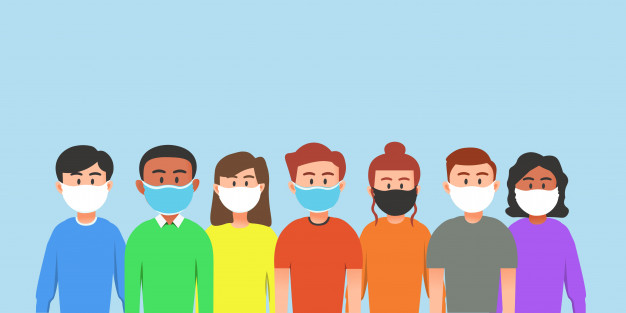The coronavirus pandemic has unearthed existing racial disparities in healthcare, with Black and Hispanic populations disproportionately affected and making up approximately 60% of all COVID-19 cases and over 50% of deaths in California. The Hispanic population and the Black population have hospitalization rates that are approximately four and five times higher than that of white people. While only about 20% of U.S. counties are disproportionately Black, these counties account for over 52% of COVID-19 cases and 58% of deaths nationally.
However, holes in available data are significant, with race-based data released for only about 64% of confirmed coronavirus cases in California. Authorities have hesitated to make this information public, releasing federal data only after the New York Times sued the CDC for access to the numbers.
“We must start to demand this data, so we can understand more about the impacts on our populations,” said Yvonne Maldonado in a May 29 webinar on racial and ethnic health disparities. “There are states that don’t provide any racial data, so because we are missing a lot of that data, we don’t know racial breakdowns for many parts of the country.” Maldonado, a pediatric infectious diseases professor, is also the Senior Associate Dean for Faculty Development and Diversity at Stanford.
Population health data shows that there are higher rates of certain chronic conditions including hypertension, diabetes, kidney disease and heart disease among Black and Hispanic populations. David Rehkopf, medicine and population health associate professor, said that these types of health conditions can increase a person’s risk of severe COVID-19.
“A large part of why we see racial and ethnic disparities in COVID-19 is due to on average lower socioeconomic status among African Americans and Hispanics as compared to non-Hispanic whites,” Rehkopf said, adding that more service industry work and less white collar work among Black and Latino populations increases occupational exposure. As another consequence, lower levels of income can result in more crowded living conditions, and make it more challenging to take preventative measures or get tested.
“If you have a flexible job with a yearly salary, and are working from home, you can take the time to look after initial symptoms in a way that is much more difficult if you are doing hourly work at a low wage and are struggling to meet basic living expenses,” Rehkopf added.
Black and Hispanic populations are less likely to have insurance or a primary care physician, which may decrease their access to COVID-19 treatment. But what’s really important to understand is that there has been a historical pattern of structural and interpersonal racism in the U.S. that impacts each of these proximal causes of COVID-19 risk factors.
“This is the result of a lot of historic policies that have excluded African Americans and immigrants from full access to the ‘American Dream,’ including the redlining that took place in so many parts of the United States, including here in Palo Alto,”Rehkopf said.
Because the number of hospitalizations and deaths in communities of color is “disproportionately higher,” blunt and nonspecific policies that have been put in place in response to the virus are going to affect those groups differently than they will more affluent white populations, according to Eran Bendavid M.S. ’09. Bendavid is a medicine associate professor and Woods Institute fellow.
Rehkopf said that minority populations have historically been subjected to mistreatment by researchers and healthcare workers, and that fixing these issues will require rebuilding trust in the medical system.
“Racial disparities are discussed in a way that makes them seem fixed or inevitable,” he said. “If you look internationally, some of those disparities exist, but they are rarely as stark as what we see in the U.S.”
Looking at this variation, he points out that these issues are not inevitable, but rather are preventable through correct government policy and taking the right actions.
“It isn’t random that [minority] populations in the U.S. have higher levels of the risk factors for COVID-19,” Rehkopf said. “It is because of a history of exclusionary and racist policies and practices.”
Contact Rachel Kavalakatt at rkavalakatt ‘at’ gmail.com.
